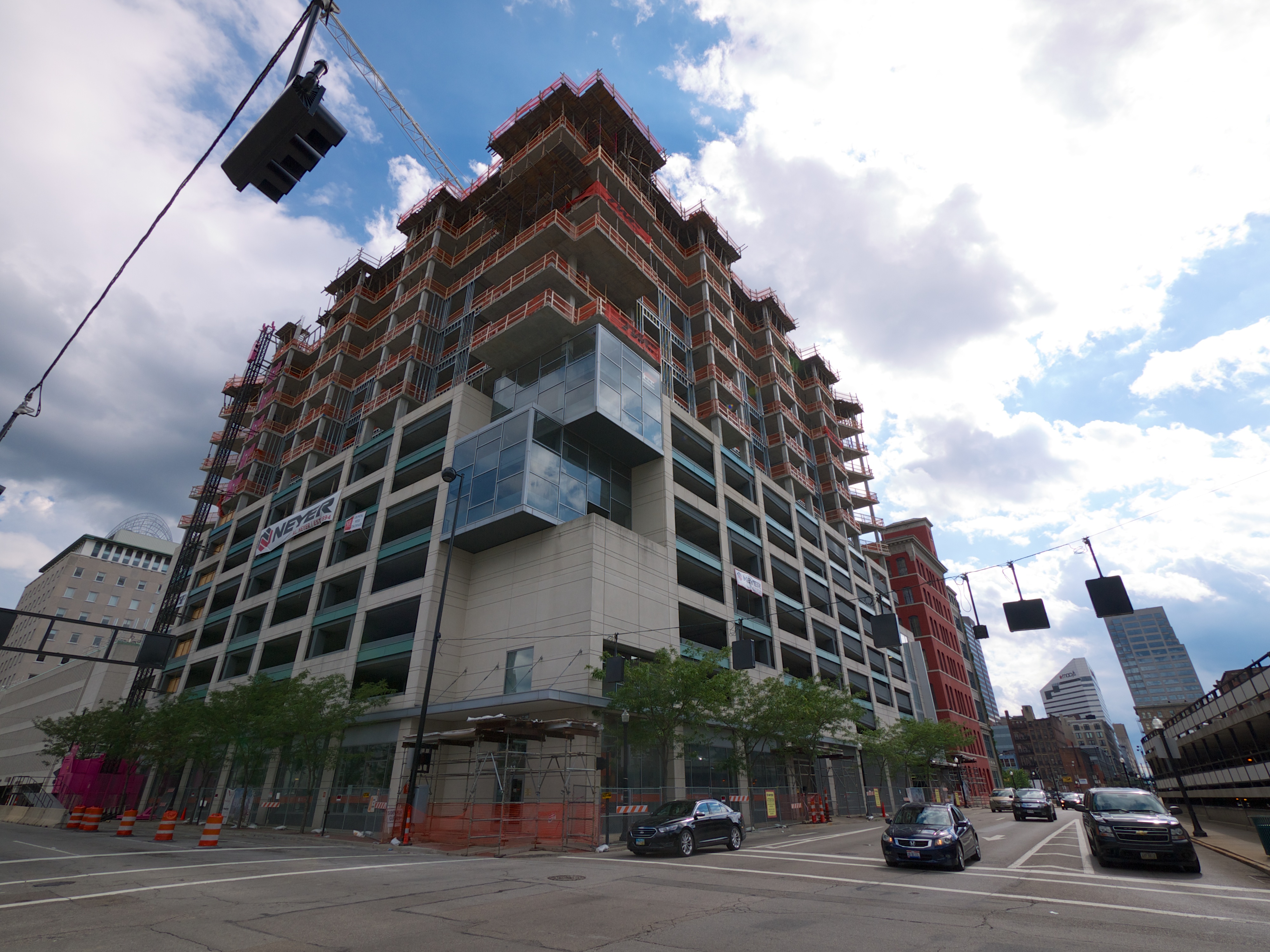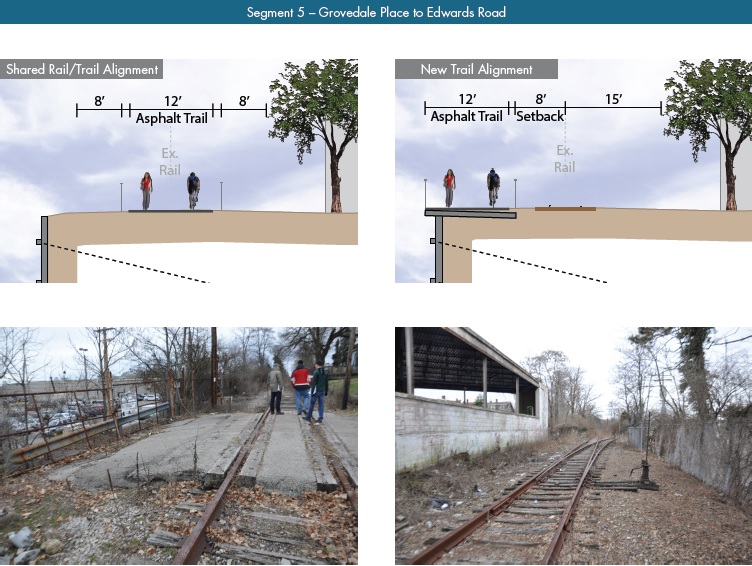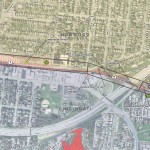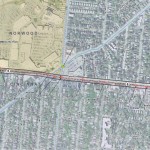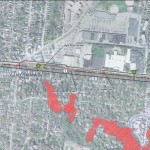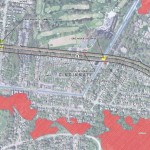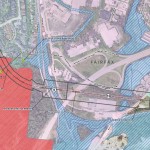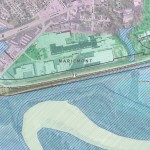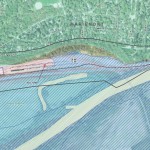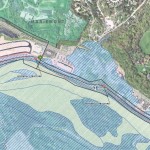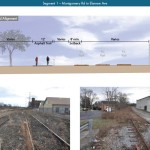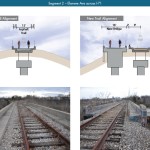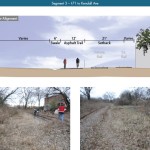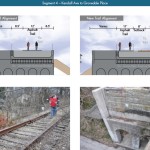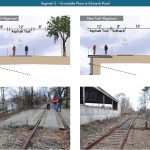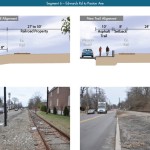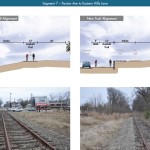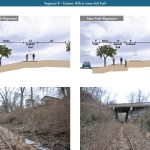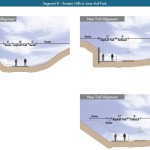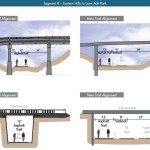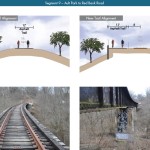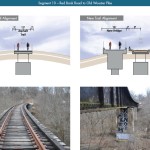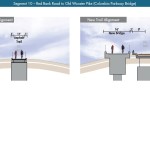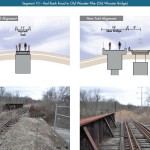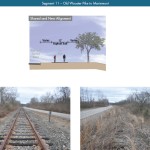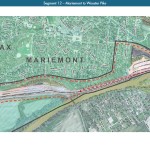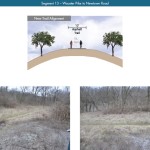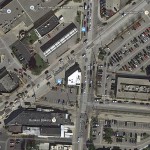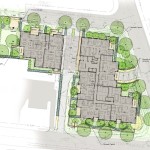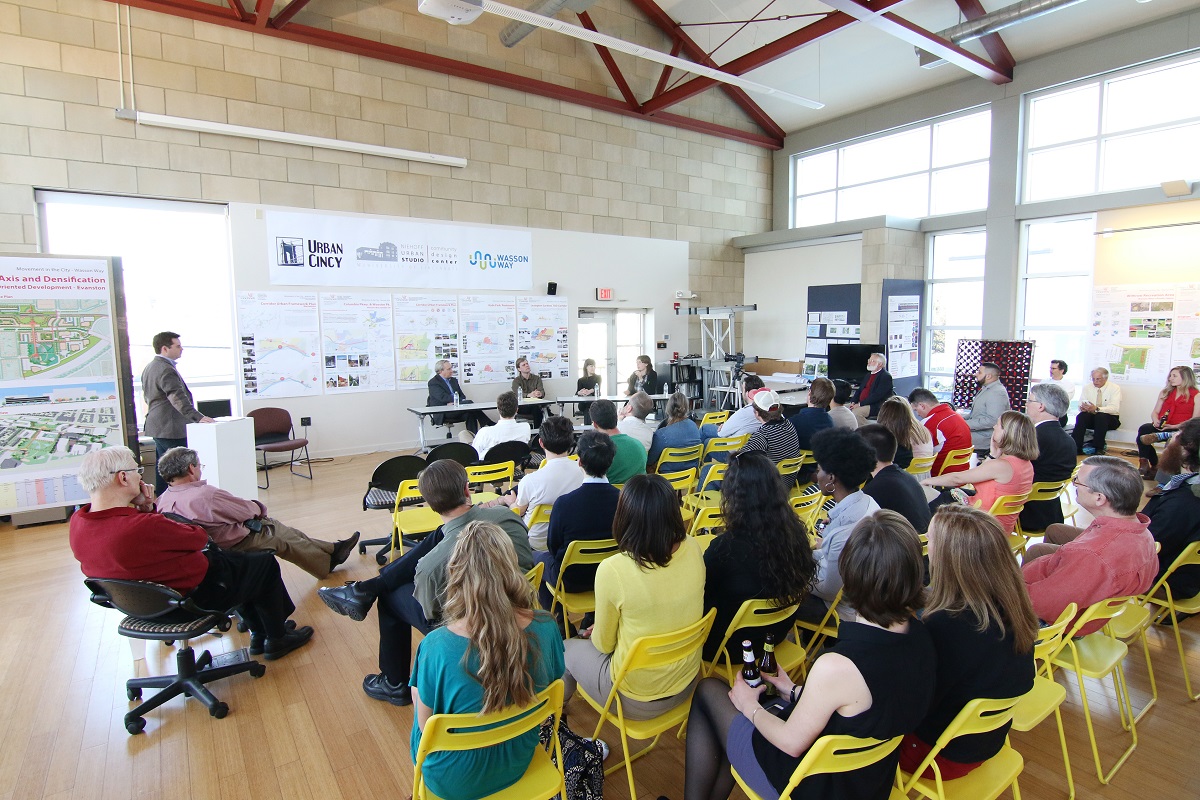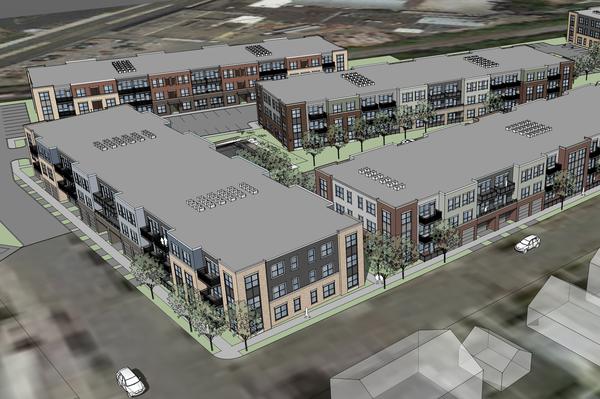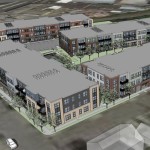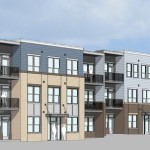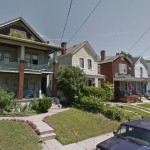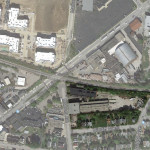 In July, UrbanCincy reported on the future of the much-discussed Wasson Way corridor, and investigated the candidate that will most likely be chosen as Cincinnati’s next City Manager. We also opined on the need for a new first-class arena in the city.
In July, UrbanCincy reported on the future of the much-discussed Wasson Way corridor, and investigated the candidate that will most likely be chosen as Cincinnati’s next City Manager. We also opined on the need for a new first-class arena in the city.
Additionally, two of our most popular stories were photo updates: Jake Mecklenborg’s collection of photos from the Northside Fourth of July parade, and my gallery of residential construction projects in Downtown Cincinnati.
Check out our top five stories from July 2014:
- PHOTOS: 49 Shots from the 2014 Northside Fourth of July Parade
Aside from being one of the most significant and well-attended parades in the region, the Northside Fourth of July Parade is also one of the more eclectic. - KZF Releases Preliminary Designs, Cost Estimates for Wasson Way
The 45-page study is the first detailed look at the corridor, which has been hotly debated and discussed over recent years. Much of the controversy has surrounded whether or not both light rail and a trail can be accommodated. - EDITORIAL: It’s Time for Cincinnati to Build a New First-Class Arena
Within a one-hour drive from Fountain Square there are eight arenas with a capacity of more than 9,000 people for their primary tenants. Of these, only three have been built or undergone major renovations since the year 2000. - What Does Harry Black’s History Tell Us About His Capability of Managing City Hall?
It has also been widely reported in the Baltimore and Richmond media that Black earned the nickname of being “the mayor’s bull dog” and “Baby Wilder” in reference to former Richmond mayor L. Douglas Wilder. - PHOTOS: Construction Progressing on Thousands of New Downtown Residences
Eleven new developments are expected to add about 1,500 new units of housing to the urban core.
